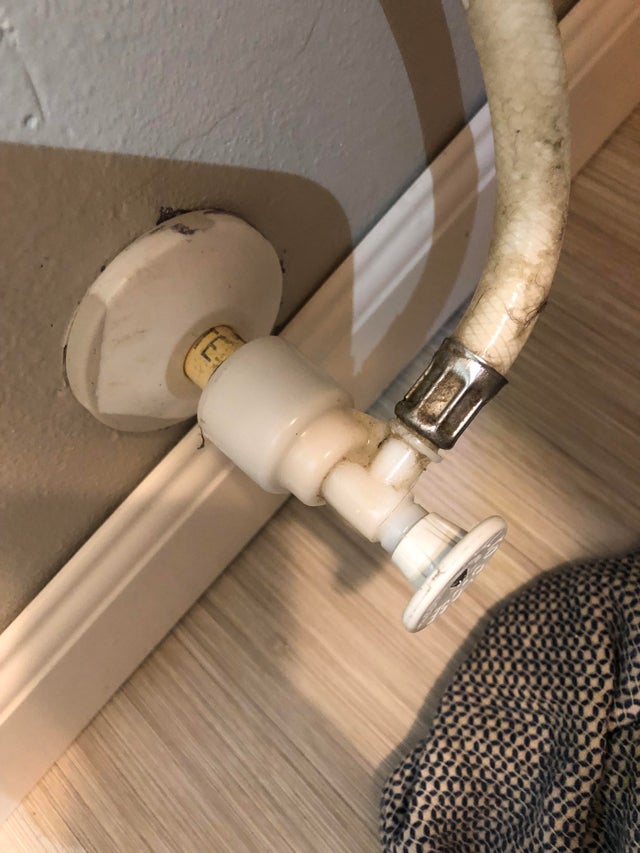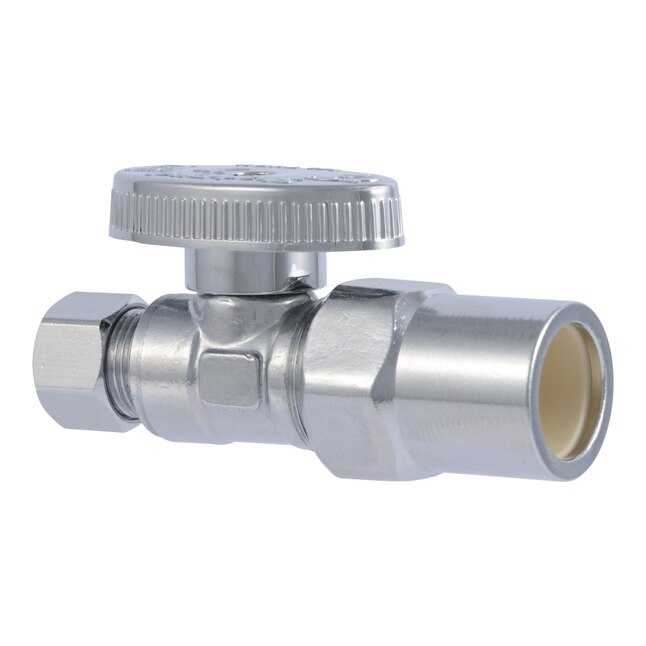BlaineBug
New Member
Recently we purchased a home in Florida built in 2004 which is plumbed entirely with PVC. Being from the midwest I'm accustomed to mostly copper plumbing in which fittings are soldered together or if you're in a pinch of lazy you use a compression fitting (all of the at-fixture valves in our current 1973 home are compression fittings for ease of replacement I suppose.)
I'm not accustomed to working with PVC very much but all of the valves in the home are of this style which appears to be a push-pull type fitting with an integrated supply hose that cannot be replaced. Ideally I'd like to replace every single one of those circa-2004 push pull valves. However, once cut off, what does one replace them with? I saw a video online in regards to someone "gluing" a brand new chrome valve to PVC pipe. How does that work? I was under the impression that PVC glue actually melted the pipe causing a bond to other melted pipe or fittings, how does that work with a metal valve?
This picture isn't from the home but appears to be the same valve or very similar at least to what is found all throughout our 2004 Florida home;

I'm not accustomed to working with PVC very much but all of the valves in the home are of this style which appears to be a push-pull type fitting with an integrated supply hose that cannot be replaced. Ideally I'd like to replace every single one of those circa-2004 push pull valves. However, once cut off, what does one replace them with? I saw a video online in regards to someone "gluing" a brand new chrome valve to PVC pipe. How does that work? I was under the impression that PVC glue actually melted the pipe causing a bond to other melted pipe or fittings, how does that work with a metal valve?
This picture isn't from the home but appears to be the same valve or very similar at least to what is found all throughout our 2004 Florida home;

























































